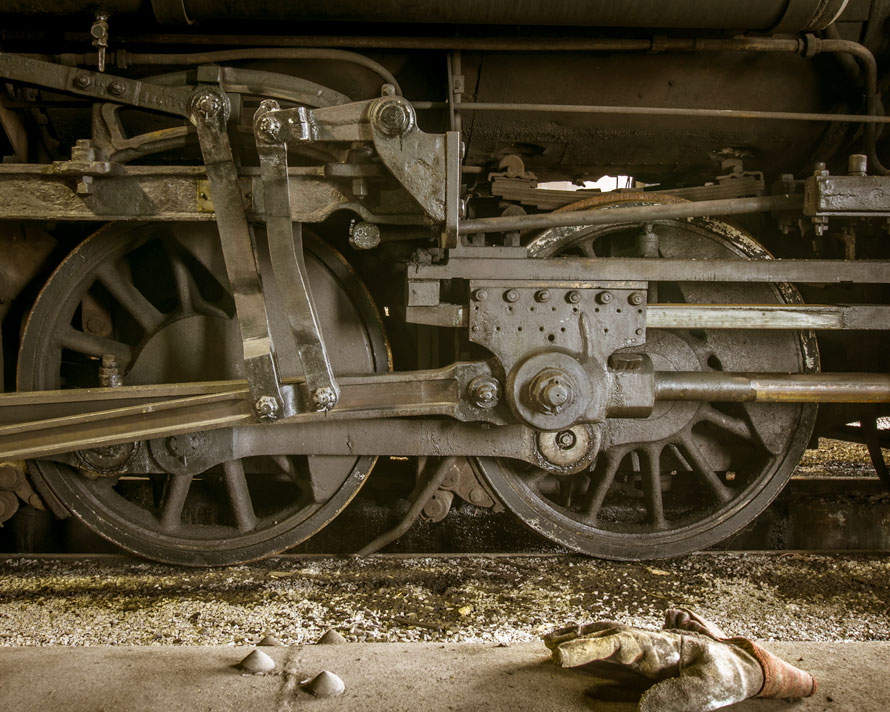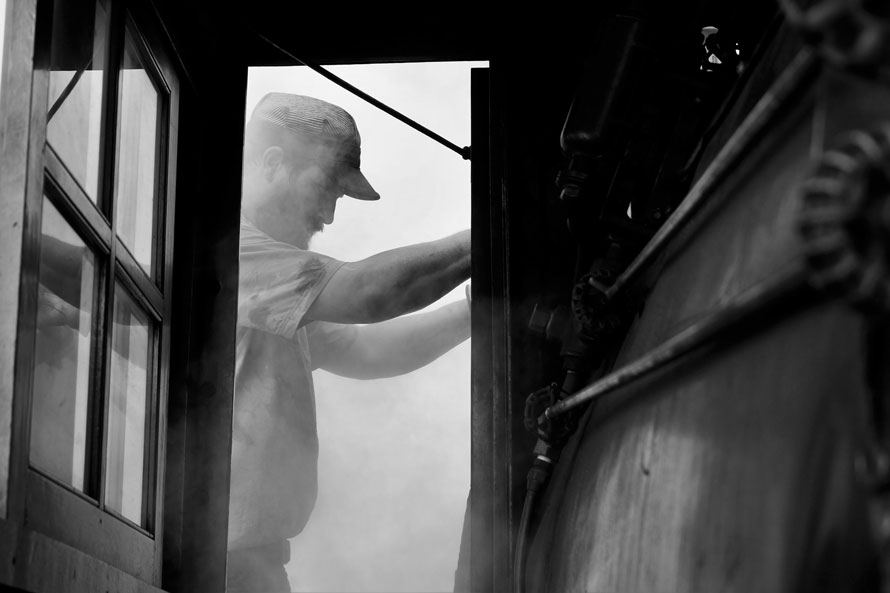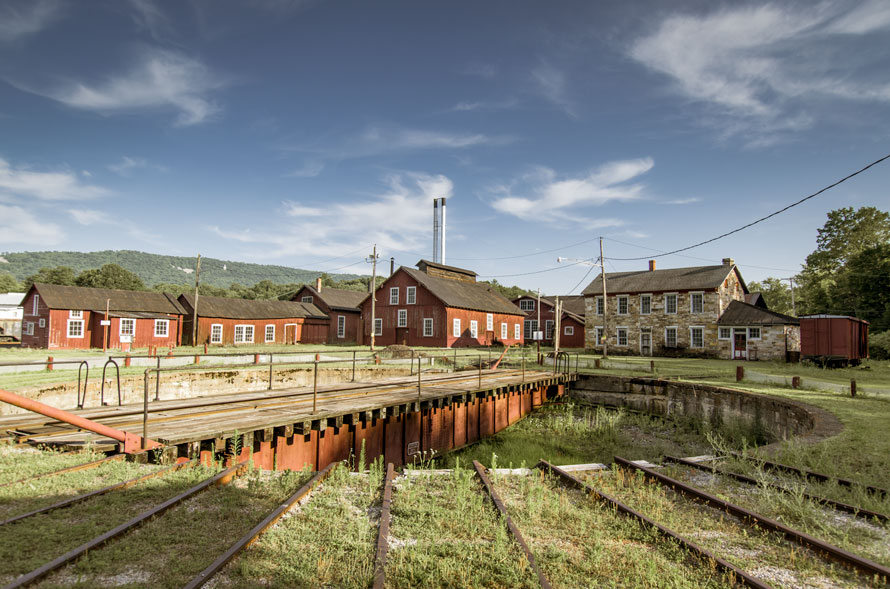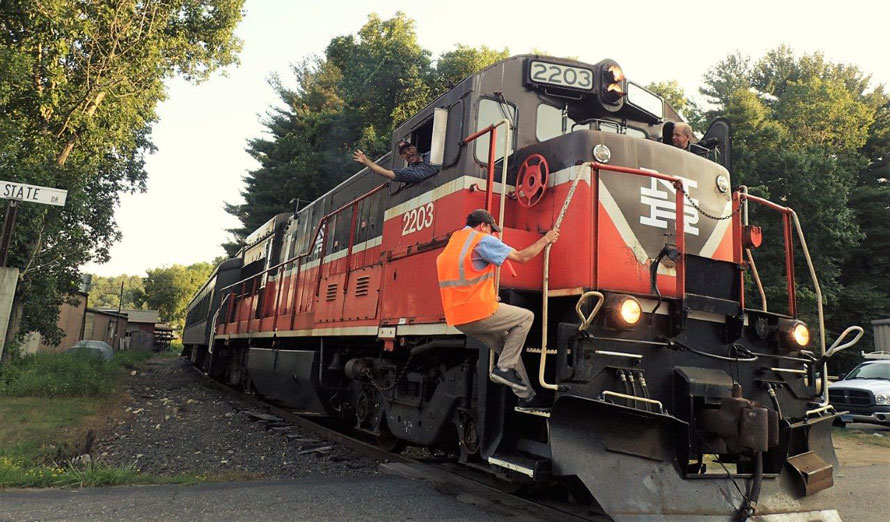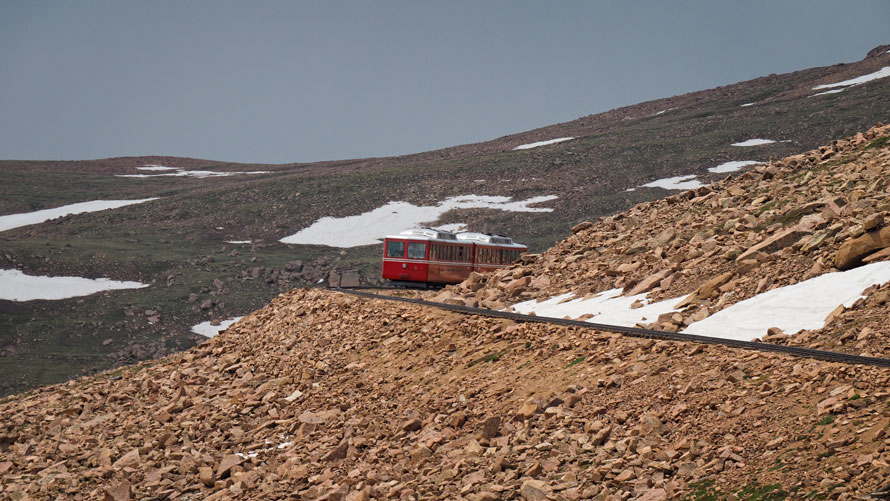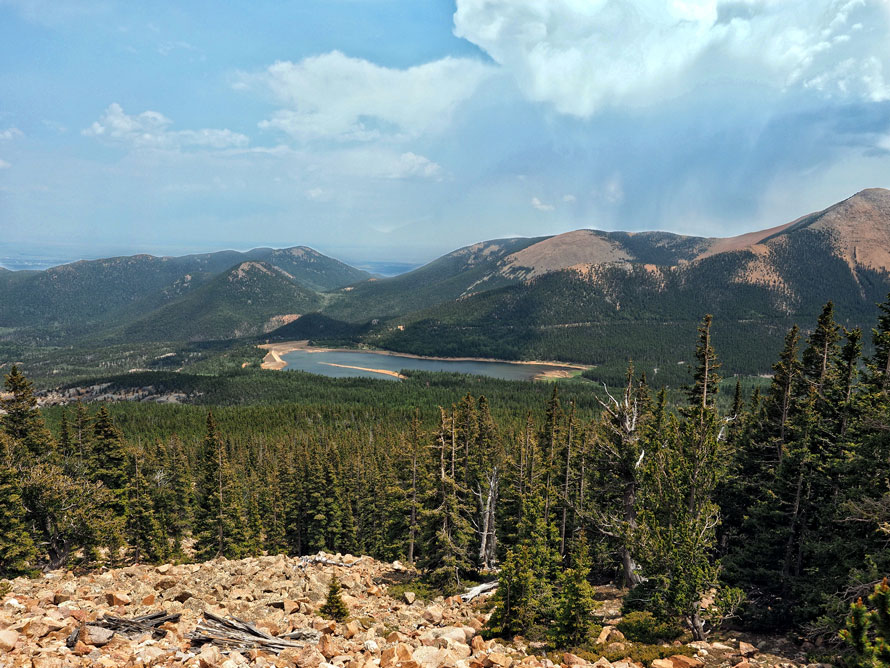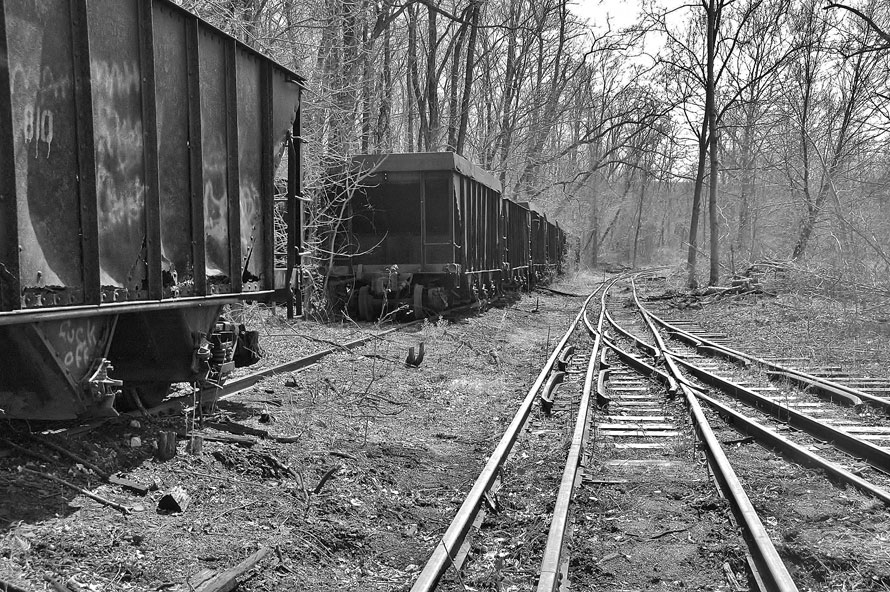
I am with two of my best friends. We are riding through central Pennsylvania after a successful visit to the Alco haven of Scranton. Following the Norfolk-Southern, ex Pennsy main is always interesting and by the time we reach Mt. Union we are in good shape for images of big black horses pulling freight.
The object here is to peek into a lost world, frozen since 1956, caused by the shutdown of the East Broad Top Railroad. Mt. Union was the site of the EBT’s major yard and was their interchange point with the Pennsylvania Railroad. Most of the yard, a few structures, plus a load of old narrow-gauge hopper cars still exist here. They are intact (mostly), but the ravages of all these years are slowly dissolving them. Read more
